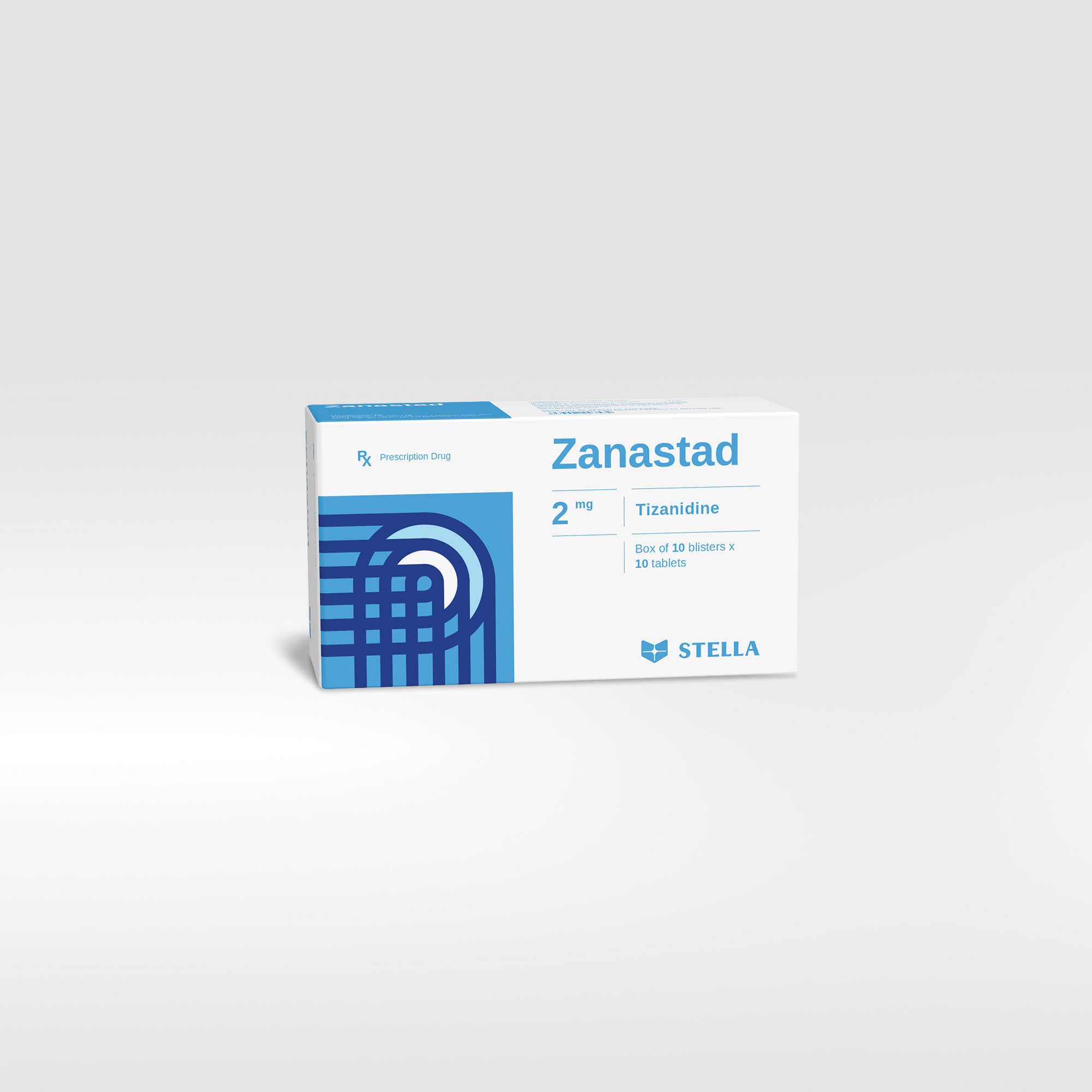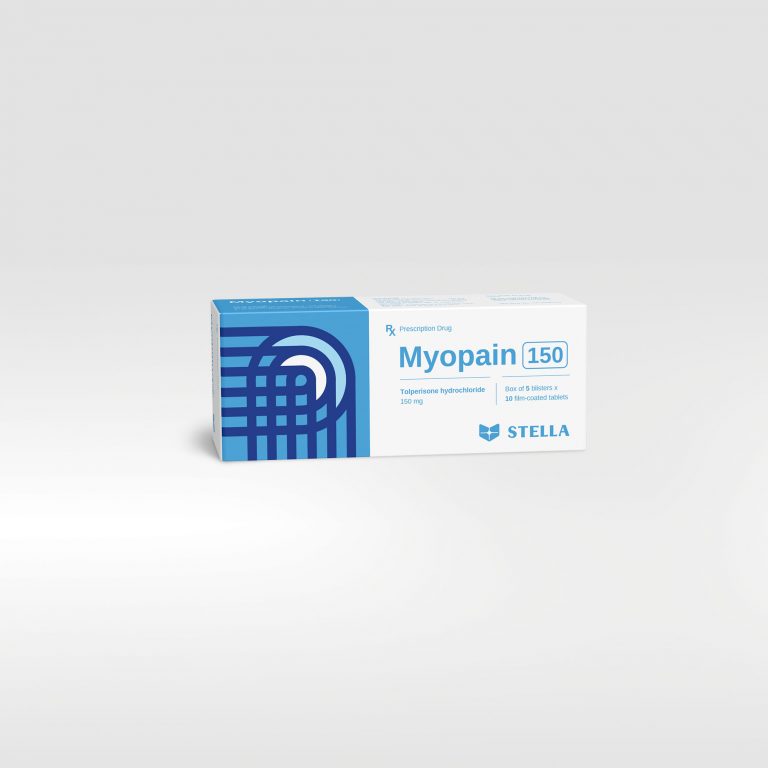Indications
- Symptomatic treatment of spasticity associated with multiple sclerosis or with spinal cord injury.
- Muscle spasm or clonus.
- Painful muscle spasm.
Dosage
Adults
- Treatment of spasticity: The usual initial dose: 2 mg, given as a single dose. The dose may be increased thereafter according to patient’s response in steps of 2 mg at intervals of at least 3 to 4 days, usually up to 24 mg daily given in 3 or 4 divided doses. The maximum recommended dose is 36 mg daily.
- Treatment of painful muscle spasm: 2 – 4 mg three times daily.
Patients with renal impairment (creatinine clearance < 25 ml/min)
- Treatment should be started with 2 mg once daily, gradually increasing. Dosage increases should be in increments of no more than 2 mg. Slow increase the once-daily dose before increasing the frequency of administration. Renal function should be monitored.
Safety and efficacy of tizanidine towards children have not been established.
Usage
- Zanastad is administered orally with a relatively short duration of action therefore it should be given in divided doses daily (up to 3 – 4 times daily), depending on the patient’s needs. Dosage should be adjusted according to patient’s response. Do not exceed the doses producing the desired therapeutic effects.
- Zanastad may be taken with or without food, but not change the way you take it, switch from fed to fasted states may delay or more rapid onset of activity and increased adverse effects.



